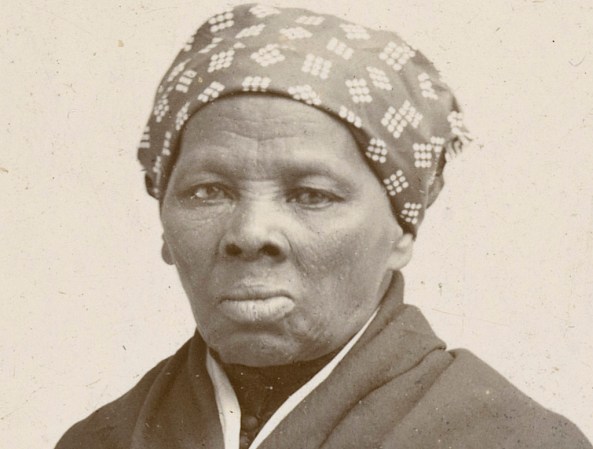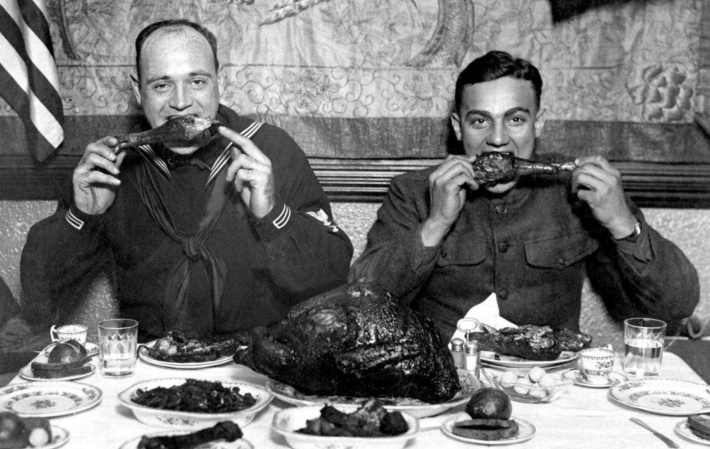So, it turns out there’s a reason your local medic wants to look at your body parts and fill you with pills, and it’s not because they’re a pervert — I mean, they probably are, but that’s not why they’re doing it. See, your ancestors fought in wars where it was fairly common their kidneys to swell up and burn, their genitals to start dripping pus, and their livers to grow holes and leak bile into their blood.
If you consider any of the descriptions above humorous or entertaining (sicko), then read on!

Soldiers undergo delousing on the Serbian front of World War I, an effort to reduce diseases like trench fever.
(Popular Science Magazine)
Trench fever
Trench fever was a fever characterized by skin lesions, sore muscles and joints, and headaches — yeah, not much fun. It was first recognized in 1915 as it spread through the trenches of World War I, but it also broke out in some German units in World War II.
It was spread through infected body lice and usually cleared up in a couple of months, but became chronic in rare cases. At least, with trench fever, the lesions were mostly confined to your skin and back… unlike the next entry.

Front and back cover of a truly disturbing book given to World War I troops headed back to the states, apparently filled to the brim will all sorts of disgusting genital bacteria.
(National Museum of Health and Medicine, Armed Forces Institute of Pathology)
Literal blue balls (thanks to genital lesions!)
We’re not including a photo here for obvious reasons. A soft chancre is an “infectious, painful, ragged venereal ulcer” that develops at the site of Haemophilus ducreyi. The bacteria can also cause “buboes, or ‘blue balls'” according to a 1918 pamphlet issued by the War Department.
After a regrettable Google search and lots of crying, this author can confirm that the ulcers look very painful, but nothing about the affected organs looks particularly blue.

Treatment for gonorrhea in 1911. Yes, the doctor is holding what you think he is, and that injection is going where you hoped it wouldn’t.
The clap and syphilis
While gonorrhea — also known as “the clap” — and syphilis are still common STDs, early detection on military bases and a lack of fraternization with locals has made it less of a problem in modern wars than when your grandparents fought. But for troops marching across Europe, hitting on as many French girls as they could, getting a series of sores on their genitals or seeing the dreaded discharge come out of their naughty bits was a real possibility.
And, back then, the only sure-fire test available for diagnoses was getting “rodded off the range,” a test where a doctor slid a cotton swab into a man’s “barrel” and swirled it around 5-10 times. Now, blood and urine tests are used instead. Big win for modern science.

Not today, tuberculosis. Not today.
Tuberculosis
Another disease that was a bigger problem for grandpa than it is for you, tuberculosis is a nasty infection that usually hits the lungs, causing bloody coughs, but can also wreck your liver, kidneys, and other organs. It causes chest pain, breathing troubles, fatigue, chills, and other issues that absolutely suck, especially while in a World War I trench.
It is spread through the air and infected surfaces, which is a big problem when thousands of dudes are sleeping on top of each other in crowded bunkers.

Typhoid Mary, famous for being imprisoned by New York authorities after she was found to be a carrier of typhoid fever.
(Public domain)
Typhoid fever
Typhoid fever, caused by salmonella that infects the intestines, was a huge problem in the Civil War and World War I. Back then, the particularly bad sanitation practices allowed fecal material from infected troops to make it into the food and into the digestive tracts of healthy ones. It triggered skin lesions, diarrhea or constipation, trouble breathing, and fever, among other symptoms.
In the Civil War, doctors hadn’t even figured out the disease yet, and treatment basically involved throwing a bunch of home remedies at the problem while continuing the study the disease’s spread. By World War I, we at least knew what caused it and had a vaccine, but still no cure. It wasn’t until after World War II that the disease became treatable.
War nephritis
Nephritis is inflammation of the kidneys. “War nephritis” was named by doctors in World War I who were looking into a sudden increase in cases with additional symptoms, like headaches, vertigo, and shallow breath.
While it’s still very possible to experience nephritis in war today, the worsened symptoms observed in World War I were thought to be tied to conditions in the trenches and along the front. Nephritis limits the kidneys’ ability to filter the blood, and exposure to the cold and wet conditions of wartime Europe made the problem much worse.

This is your intestines on dysentery.
Dysentery
Dysentery has a reputation for being a particularly bad case of diarrhea, but that’s not a full picture of the problem. It’s diarrhea that can last for months and include bloody stools. Even when treated, it could lead to secondary infections, like hepatitis and liver abscesses. The liver degradation leads to a buildup of toxins in the blood and body.
So, yeah, pretty horrible. And troops shifting between different fronts and battlefields in World War I allowed different versions of the disease to reach new places and vulnerable populations. Today, it’s easier to diagnose and treat, but the best safeguard is good hygiene and sanitation.
“Soldier’s heart” or effort syndrome
Effort syndrome, also known as “soldier’s heart syndrome,” wasn’t well understood, but it was a tendency for soldiers in the Civil War and World War I to experience heart palpitations, shortness of breath, exhaustion, and cold extremities. It’s thought that the syndrome may have been caused by a previous disease, like fever, jaundice, dysentery, etc. combining with the stress and rigors of war.
Over 36,000 troops were discharged in World War I for heart ailments.










